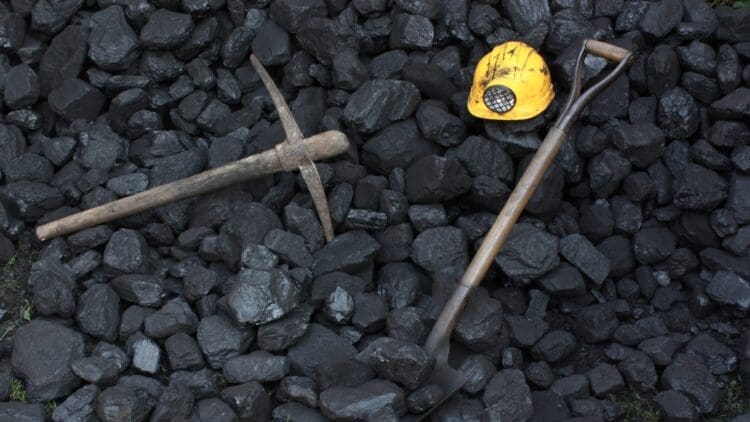The acceleration of Europe’s coal power collapse has resulted in an exit of downstream capacity in the energy market. The nations of Europe have implemented measures to phase out coal in favor of the more environmentally friendly renewable energy sector. A major contributor to the collapse has been the nations of the world aiming to meet the goals set during the UN Climate Agreement in Paris, which lays out ambitious decarbonization goals for the global energy sector to meet by the end of the decade.
The end of the European coal sector is only a few short years away
According to the UN Paris Climate Agreement, the nations that agreed have until the end of 2030 to completely phase out coal in their countries. While we understand the need to reduce the global reliance on fossil fuels, a more troubling trend has emerged: what to replace it with and how much it will cost.
A myriad of nations still rely on coal production to meet increasing high levels of energy demands in their markets. Extreme weather conditions have exacerbated the high energy demand as well as slowed progress in adopting the renewable energy sector.
Political leaders and industry experts have underscored the need for Europe to complete the transition to renewable energy power.
“Europe’s economy is transitioning from fossil fuels to clean power in front of our eyes. While some countries are racing to deploy more wind and solar as a social and economic opportunity, others, particularly in Central and Eastern Europe, are lagging and stand to miss out. The continent’s competitiveness is on the line. The EU must ensure a just transition to clean power as a whole and quickly, not only to reap the benefits of the energy transition, but also to shield itself from security risks related to imported fossil fuels.” – Martin Hojsík MEP, Vice President of European Parliament
As the renewable energy sector sees increases, the coal sector is falling away in Europe and across the globe
The global ambition to transition to the renewable energy sector has resulted in Europe’s coal power sector collapsing under the strain of international pressure. The European market is changing to embrace the potential that the renewable energy sector presents.
Solar and wind power represent the most practical and tangible form of energy generation, and the nations of Europe have taken significant steps to fast-track the adoption of the sector to best align with the self-imposed regulations set out in the Paris Agreement. Even the oil-rich Arab Energy Organization has called for a more balanced approach to new energy capacity as 2030 approaches.
“We can’t afford to be complacent about growth. 2023 brought a new solar record, but integrating solar into the system is still more of a challenge than it needs to be. Policymakers and system operators must work to ensure that the grid is ready to absorb solar generation, maximise the potential of grid-intelligent solar, and ultimately decarbonise the system.” – Walburga Hemetsberger, CEO of SolarPower Europe
One nation in the European Union still produces coal, despite the apparent market collapse on the continent
Coal power will come to an end, and if Europe plans to become a prime example of how to shift the sector towards renewable energy, one last nation will need to jump on board the renewable energy train. Poland is the last nation in the EU that produces coal power, and recently was granted permission by the EU to keep coal plants in the capacity scheme. So it would appear that while the European coal collapse is an eventuality, more work needs to be done to fast-track the transition before the 2030 deadline set by the Paris Agreement.





